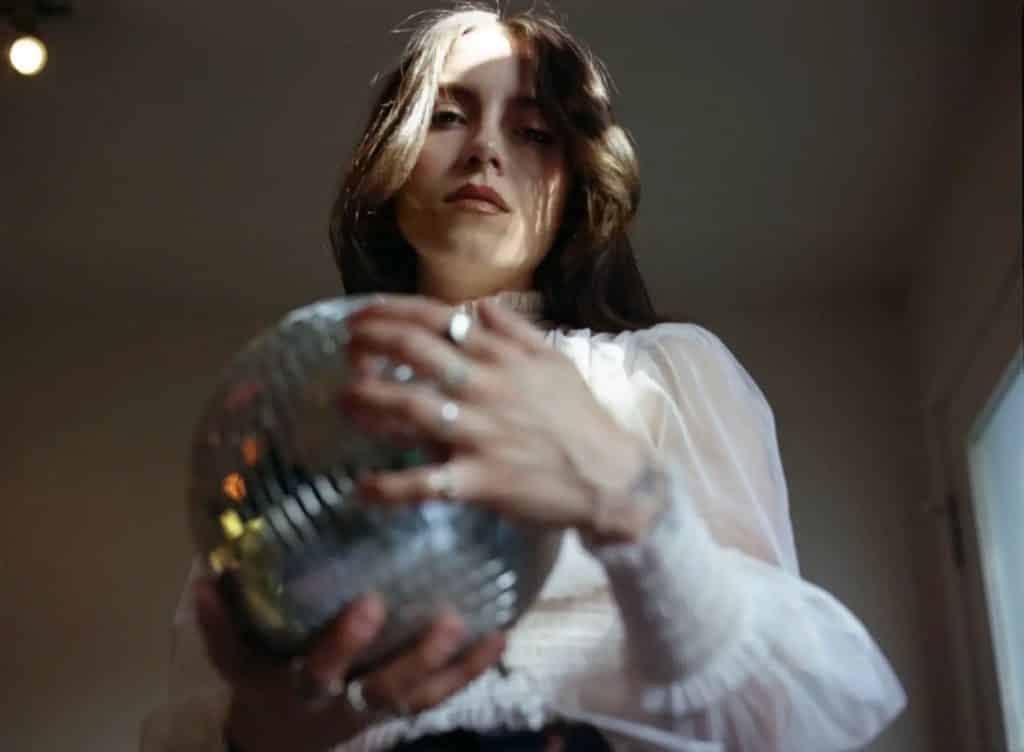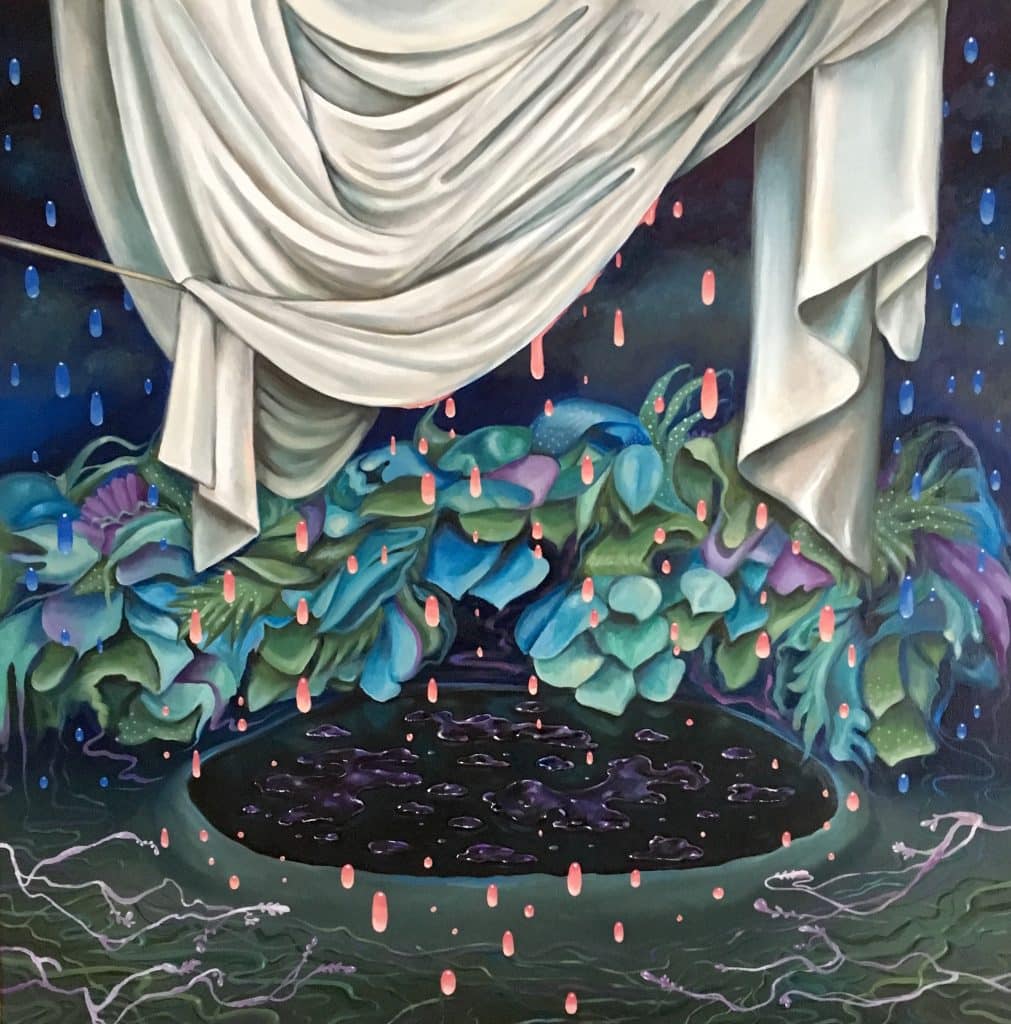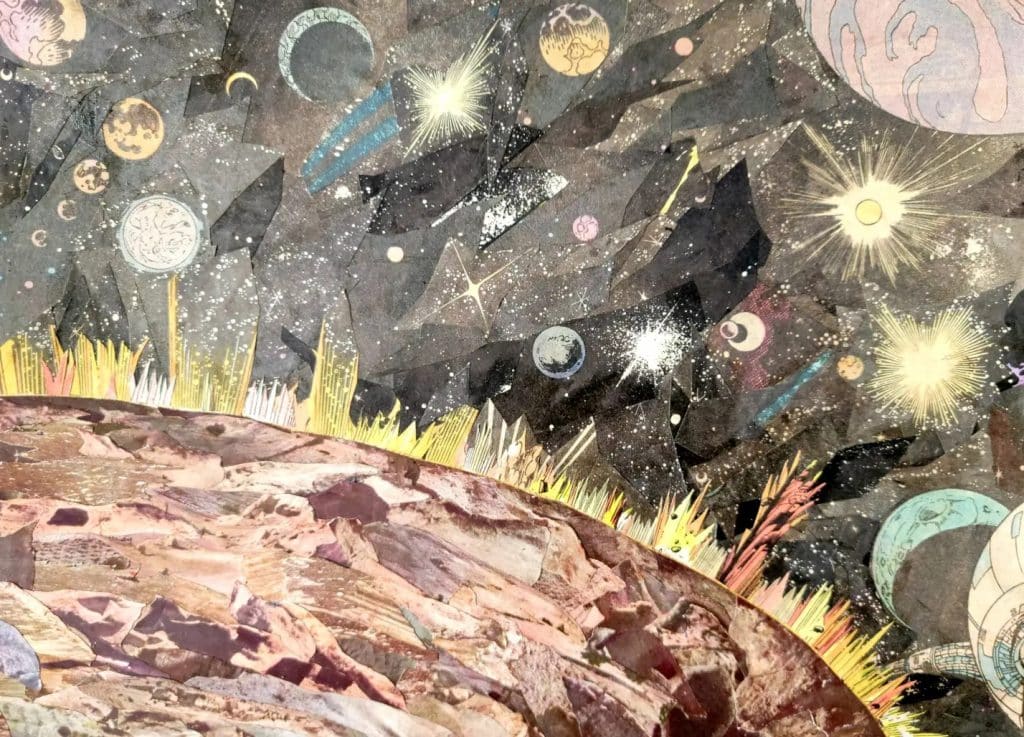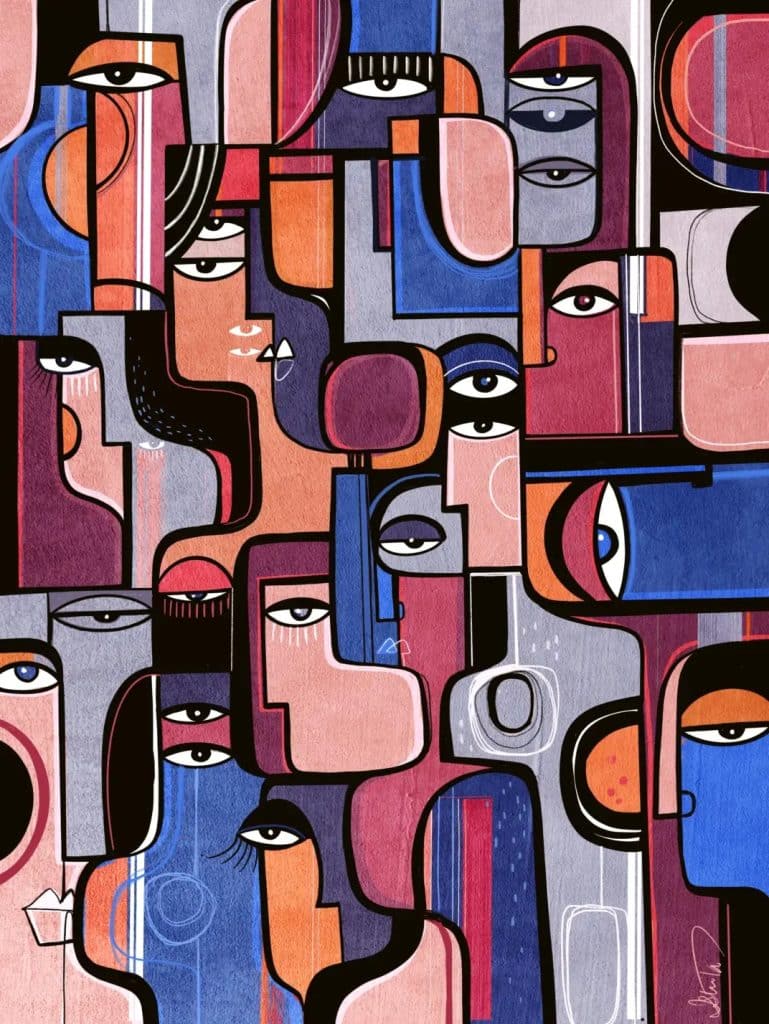The advent of non-fungible tokens, or NFTs, has opened up an exciting new way for artists to create and sell their work — and for collectors to branch out into new realms of art ownership.
NFTs have skewed certain corners of the art business in favor of the artist, with the role of middleman performed by a benevolent cabal of anonymous and decentralized node operators that has everyone’s back.
Perhaps the biggest draw of NFTs for artists is the smart contract, which governs transactions involving an artwork. Through a smart contract, an artist can get royalties on subsequent sales — usually to the tune of 10 percent — in perpetuity, no matter how many times ownership of the piece changes.
NFTs represent a whole new world of art making — and making money. Here, we explain the ins and outs of selling NFT art on 1stDibs and beyond.
Minting: The First Step in Selling NFTs

Before you can sell NFT art, you have to make your art into an NFT. This is a simple process known as minting. It involves purchasing cryptocurrency, adding it to a digital wallet, connecting the wallet to an NFT platform, uploading the file containing your art, entering some information about it and officially making it a one-of-a-kind digital asset with a click of the “Create NFT” button. Your art is now minted as an NFT, and you can put it up for sale on the platform.
Does a Creator Have Any Legal Rights to an NFT Once It Sells?
Purchasing an NFT gives the buyer ownership of the digital asset. But the copyright belongs to the artist, no matter how many times the NFT changes hands. While those who purchase NFT artworks can show them off on social media and claim ownership, they can’t sell the rights to the images for use in advertising or other money-making endeavors.
Where to Sell NFTs

NFT marketplaces are the primary venue for selling NFT art. But not all marketplaces are created equal — and some are better than others for selling particular classes of digital goods, like art, sports trading cards and domain names.
Among the largest and most popular NFT marketplaces are OpenSea and Rarible, which host fixed-price sales and auctions. These streamlined platforms are similar to all-purpose marketplaces like eBay and Etsy and sell a wide range of NFT types. They generally have a very large user base and the infrastructure to support payments via cryptocurrency or credit card.
Other, more narrowly focused NFT platforms may be more favorable for specific NFT types — including art. The best NFT art marketplaces typically offer value-added services, including minting, marketing and sales management. Such platforms — 1stDibs, for example — may be better fits than broader arenas, since buyers and collectors who frequent them are captive audiences.
How Much Does It Cost to Sell an NFT?

Expenses associated with creating and selling NFTs vary, depending on the blockchain used and the marketplace where the NFTs are minted and sold. Other factors include the time of day, the day of the week, the size of the data and the project quality. All told, the cost of selling an NFT ranges from $40 to $500 or more. Expenses include:
Crypto Transaction Fees
When you buy cryptocurrency to add to your wallet to pay for minting your NFT, you may incur bank transfer fees or transaction fees levied by the payment platform.
Account or Service Fees
Some NFT marketplaces charge an account or service fee, which is how they earn money. It’s a bit like a commission, in that it is usually calculated as a percentage — typically around 2.5 percent — of the sale proceeds.
Gas Fees
These are what you pay when you perform operations on a marketplace, such as minting an NFT, listing it for sale, accepting an offer or transferring ownership of the asset.
Gas fees fluctuate based on how busy the blockchain is — they are generally lower late at night and in the wee hours of the morning. They go to pay node operators, that hidden corps of cyber-virtuosos who verify transactions on the blockchain in return for crypto, an undertaking known as crypto mining.
How to Create and Sell NFTs with No Gas Fees
Some art marketplaces offer gas-fee-free NFT minting. In these cases, it is the buyer who pays the gas fees. Minting for “free” is known as “lazy minting,” and it’s available on most NFT marketplaces and blockchains, including Ethereum.
Gas-fee-free minting may not always be the best deal. For example, some marketplaces that charge a service fee of 2.5 percent for NFTs minted in the “normal” way will charge 5 percent for those minted the lazy way. But for artists who don’t have the up-front funds needed to mint their works, lazy minting makes it possible to get their art up for sale.
How to Sell NFT Art on 1stDibs

To sell your work on the 1stDibs marketplace, you first have to get approved. So, apply to be a 1stDibs creator, and once you’re accepted, follow these three easy steps to mint and list your NFT for sale:
- Step 1: From the 1stDibs homepage, find your account icon and select “NFT Profile.” This is where your bio, avatar and minted NFTs live.
- Step 2: Mint your NFT, if you haven’t already.
- Step 3: Select “Create Auction,” and set the duration and reserve price.
How to Choose the Duration and Reserve Price for an NFT Auction
The hardest part of selling an NFT is deciding how long you want your auction to run and setting the reserve price. There are many variables to consider, and you can easily fry your cerebral cortex trying to sort it all out.
Unless you have a solid following or a track record for art sales, we recommend starting with a realistic reserve price and a duration that suits your goal: to sell your piece fast (a shorter duration establishes urgency) or to obtain exposure (a longer duration means it gets in front of more collectors’ eyes).
Whether you choose a short or a long duration, keep in mind that online auctions of all kinds fail more often than not to elicit bids, so don’t take it personally or get discouraged. At the end of the auction duration, if your work remains unsold, you can list it again and again until some lucky buyer finally snatches it up.
Can You Make Serious Money Selling NFTs?
Honestly, it’s hard to say. It’s possible that the days of NFT artworks’ going for tens of millions of dollars are over — that NFT art buyers have gotten a grip on reality, and the market has come back to earth in a more stable and sustainable form. Or it could be that you’ll mint the exactly right NFT at the exactly right moment, and you’ll make headlines with a record-breaking sale.
Either way, it’s important to note that NFT-art price averages are skewed by a handful of high-dollar sales, such as Beeple’s famous $69 million take for Everydays: The First 5000 Days, in 2021.
In fact, shortly after that highly publicized auction, artist Kimberly Parker analyzed NFT-art sales over a 10-day period on OpenSea to get a picture of how much money artists were really making. She found that more than 50 percent of all recorded primary NFT-art sales were for under $200 and just over 28 percent were for between $200 and $700.
How to Promote Your NFT Art
Much like selling art in the material world, selling NFTs doesn’t just happen. A considerable amount of work and promotion goes into generating interest, creating scarcity and driving up the value of an NFT artwork.
Here are a few ways to promote your NFT art and boost your chances of selling it sooner rather than later, at a price you like.
Share on Social Media, with Hashtags
Whether you’re on Twitter (the preferred platform for the NFT set), Instagram, Facebook, TikTok, Snapchat or LinkedIn, sharing your NFT art on your social media channels gives you exposure — and shares. Use hashtags (yes, even on Facebook!) and offer a short introduction to the work.
Heed Calls for Submissions
Try googling “call for NFT art(ists)” and see what comes up. You may find a contest to enter or a curator looking for new artists to feature in an exhibition. Do your due diligence, and if it appears to be legit, send in your work.
Join a Discord Community
Discord communities for artists, including 1stDibs’ own Discord server, are great places to meet other NFT artists, get a little exposure, learn a lot and share any wisdom you’ve acquired in return. Who knows where a Discord convo might lead?
The Bottom Line on Selling NFT Art
NFTs are new and exciting, but nobody knows where the NFT art market will end up six months, a year or five years down the road. If you’re entering the NFT art space as an unknown artist hoping to cash in big on the craze, you’re likely to come away disappointed.
But if you’re minting NFTs because it’s a fascinating new vehicle for creating and selling art, you’re likely to have a great learning experience, meet fellow artists and art enthusiasts and possibly make a little money (or a lot — who knows?) while you’re at it.

